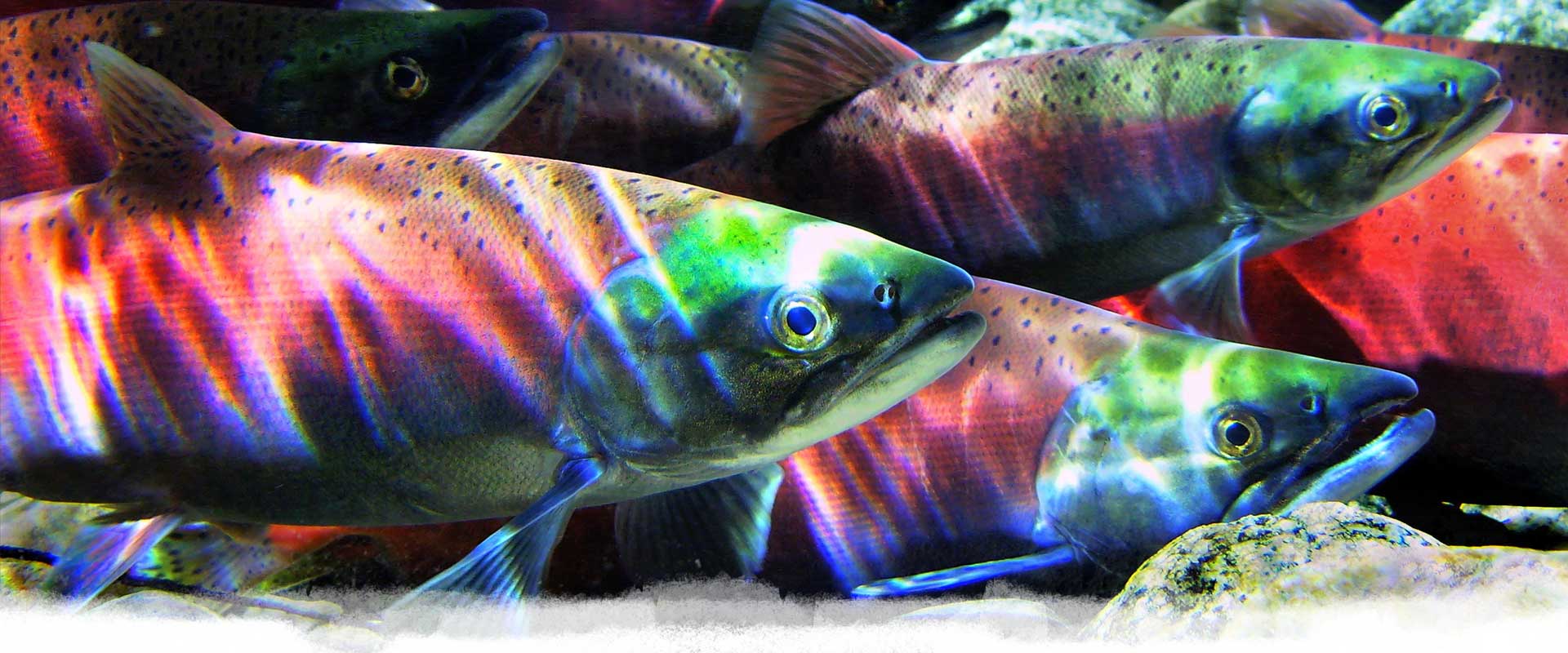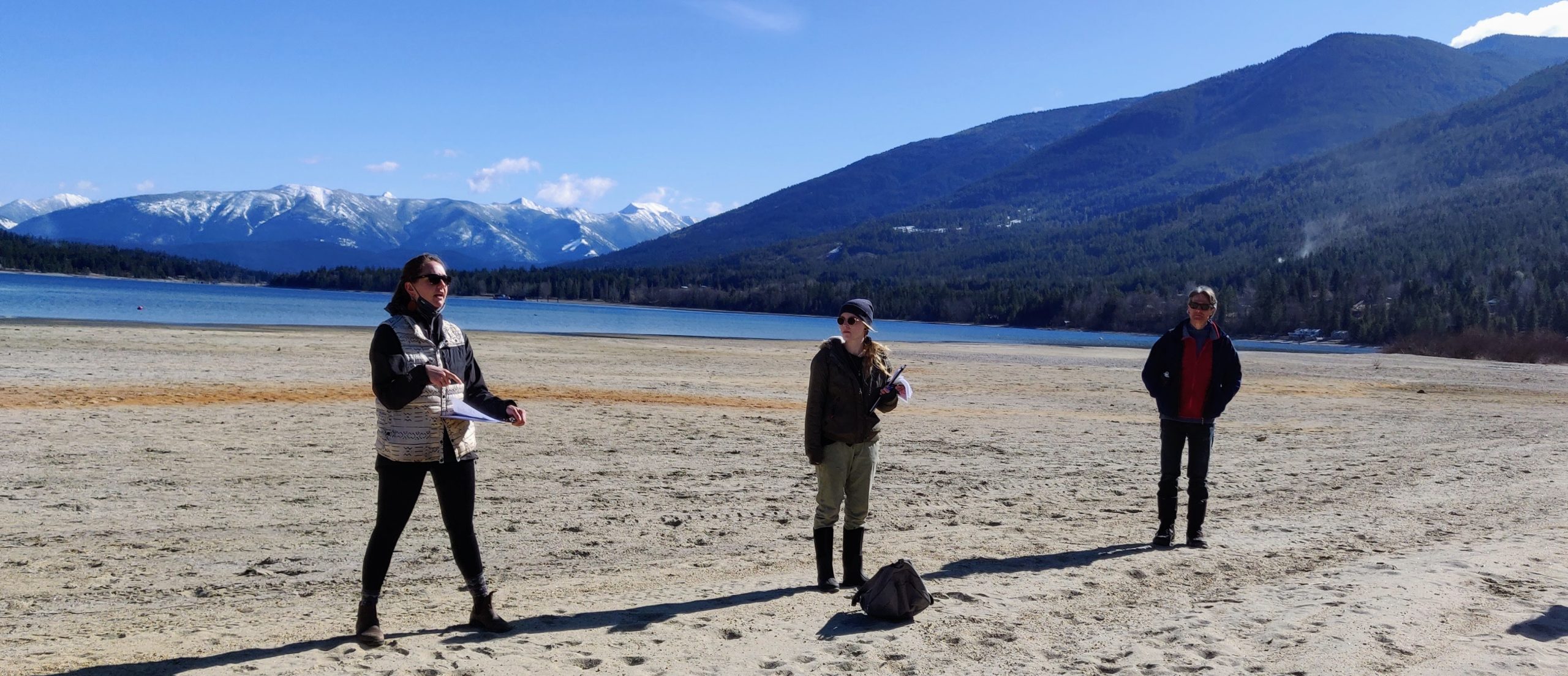
01 Apr Education Day at Harrop Wetland with Selkirk College IEP Students
On Tuesday March 23rd, Camille LeBlanc (Program Manager) and Kayla Tilllapaugh (Assistant Program Manager) met with second year Integrated Environmental Planning (IEP) students from Selkirk College to learn about wetland restoration in high-traffic community spaces.
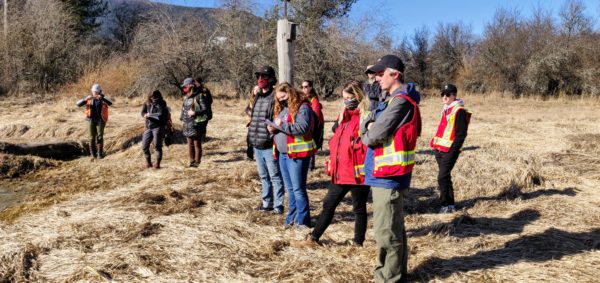
Figure 1: Selkirk College IEP students gathering around the upland pools in Sunshine Bay on March 23, 2021. Photo courtesy of Mara Mannaerts.
Sunshine Bay Regional Park located in Harrop BC is a locally cherished public space with many varied regular users including casual walkers, trail runners, dog walkers, mountain bikers, horseback riders and all-terrain vehicle (ATV) riders. The park is also home to one of few remaining ephemeral wetlands on Kootenay Lake.
Ephemeral wetlands are depressional wetlands that temporarily hold water in the spring and early summer. Often in mid to late summer, ephemeral wetlands dry up. They are isolated without a permanent inlet or outlet, but may overflow in times of high water. The wetlands along Sunshine Bay are filled each spring by snowmelt and the freshet (high water) of Kootenay Lake. The upland pools support breeding western toad, among many other bird, reptile, mammal, and arthropod species. Figure 2 shows the locations of the ephemeral pools within the park.
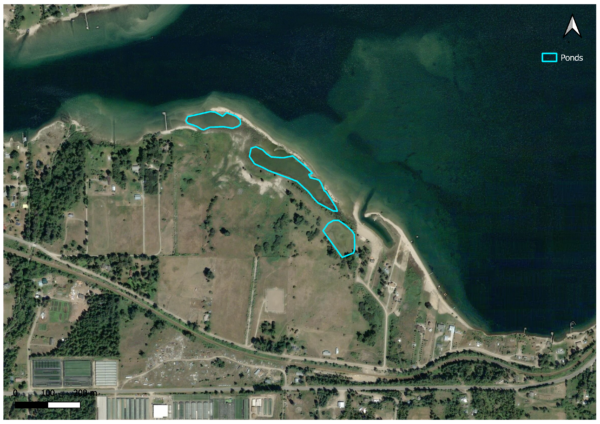
Figure 2: Map showing the extent of the ephemeral pools in Harrop, BC.
In 2013, FOKLSS was contacted by concerned community members about ATV activity in the wetland area, as well as about western toad tadpoles dying in great numbers due to pond dry ups in mid-to-late summer. The wetland was functioning as a population sink for, at the time, the provincially blue-listed toads, meaning the pools were causing a decrease in toad numbers. This is because breeding toads were attracted to the pools, expending their limited energy to migrate and mate in the area, only to have their offspring perish with the drying-up of the ponds before maturity. This, compounded with ATV activity in the wetland, was putting great pressure on local western toad populations. Western Toads have suffered significant population losses across the continent due primarily to habitat loss, but also due in part to road traffic, pollution, introduction of aquatic predators and disease.
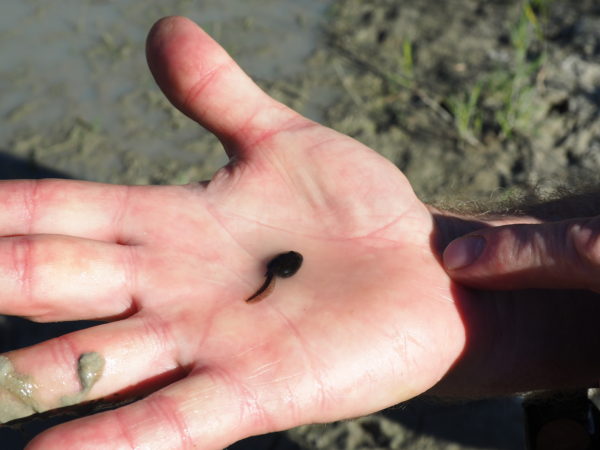
Figure 3: Western toad tadpole pulled from the upland pools
In 2014 Friends of Kootenay Lake initiated a Harrop Wetland Restoration project looking to improve habitat for blue-listed western toad, as well as painted turtle and great blue heron. One of the goals was to make turn the pools from a population sink to a population source for western toad. Restoration activities included deepening the upland pools and raising the outflow, installing bat boxes, creating a snake hibernaculum, installing turtle loafing logs and coarse woody debris, installing fencing and signage and planting native shrubs and trees. A natural vegetative barrier was planted in concert with the installation of signage in attempt to deter people from driving ATVs in the wetland areas. Community engagement and outreach was a major component to the poject, and many residents were involved inn the planning, restoration and post-restoration monitoring.
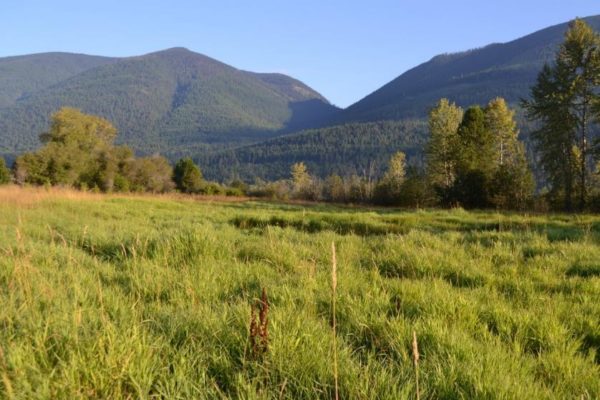
Figure 4: The upland pond area prior to restoration
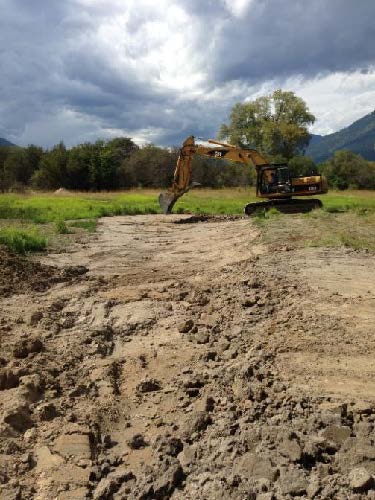
Figure 5: The upland pond area during excavation
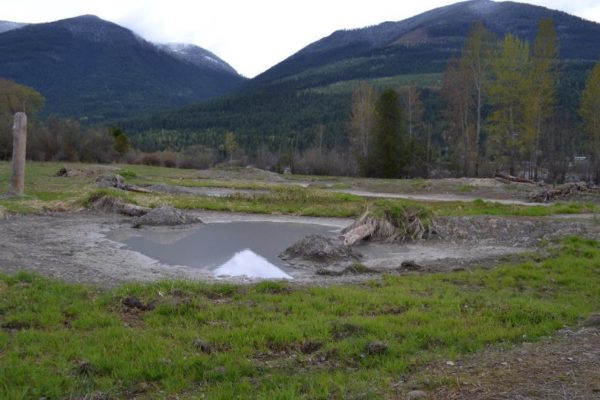
Figure 6: The upland pond area just after restoration
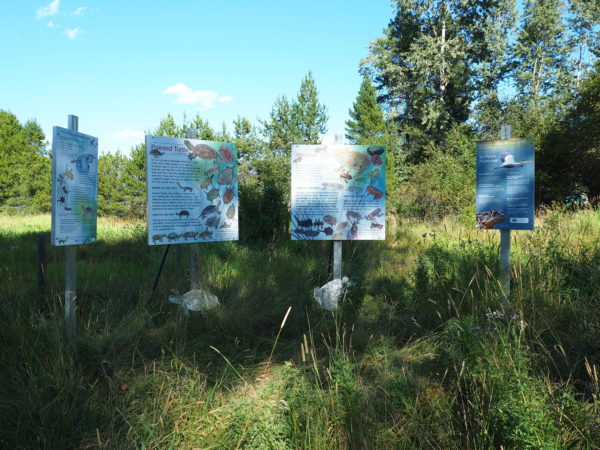
Figure 7: Informational signage installed at the entrance to Harrop Wetland in partnership with the Redfish Elementary School
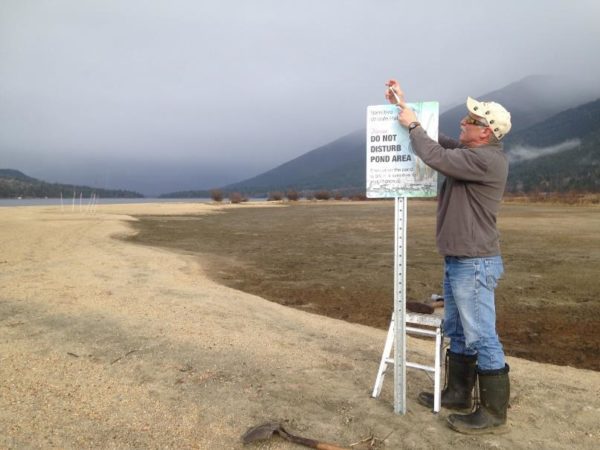
Figure 8: Terry Anderson helping to install the “sensitive wildlife habitat – please do not disturb pond area” signage
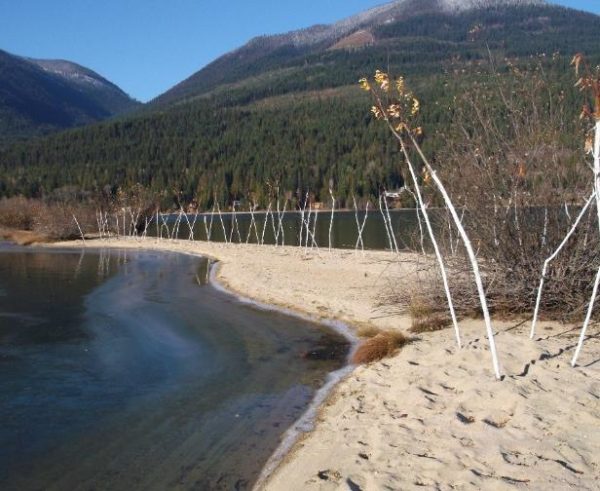
Figure 9: Willow and red osier dogwood stakes planted along the perimeter of the lowland pools to create a vegetative barrier
The Harrop Wetland Restoration project provided local community members an opportunity to become citizen scientist volunteers and monitor western toad populations in the wetland post-restoration to track restoration recovery and breeding success of western toads.
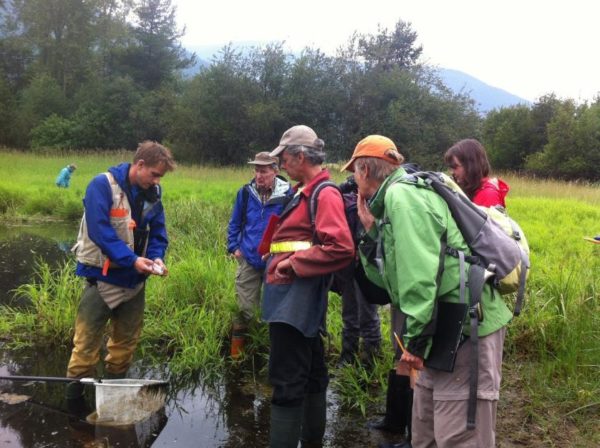
Figure 10: Volunteers being trained by Jakob Dulisse to monitor for amphibians.
Citizen scientists Eric Sargent and Timothy Jackson who have been monitoring the site annually since 2014 joined us for our education session with the Selkirk students. They explained their connection to the landscape, their experiences monitoring the site, how the site has changed over time, historical and ongoing concerns, and aspirations for future stewardship action within the wetlands.
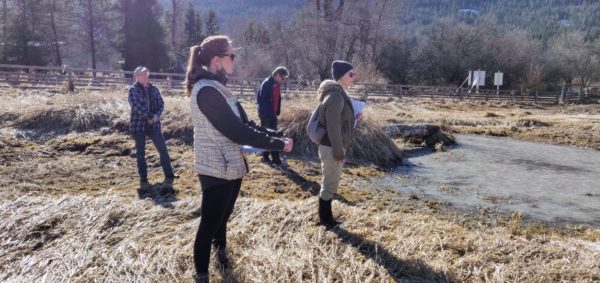
Figure 11: Camille LeBlanc, Kayla Tillapaugh, Eric Sargent and Timothy Jackson discuss the history of the wetland site while standing beside one of the upland pools
We discussed ongoing threats to the site, Kootenay Lake’s altered hydrology, and checked out the installed signage and vegetation. Students then got into groups and performed an activity. The purpose of the activity was for students to get an idea of the complex process of ecosystem restoration and the many people in various fields that must be involved before, during and after restoration.
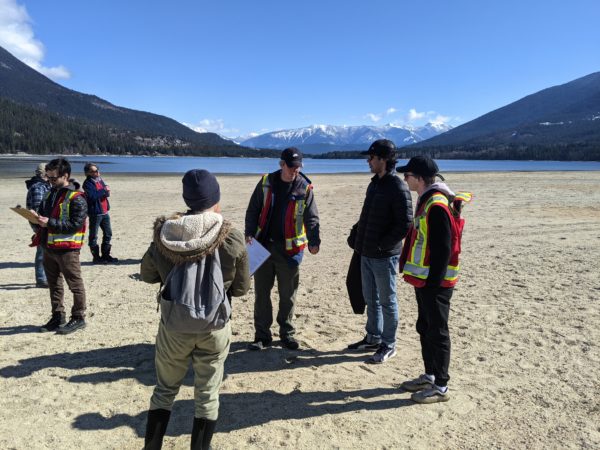
Figure 12: Kayla Tillapaugh helping IEP students brainstorm restoration considerations as part of the group activity.
We got extremely lucky with the weather and enjoyed a lovely morning learning about wetlands and wetland restoration!
Huge thanks to our funders for making this education day possible.



